Since the Minneapolis-St. Paul area had a mild winter, it’s a good time to get a head start on your home’s spring checklist like looking over your roof. Once you are on a ladder or a lower roof section, what are some signs you might need a new roof?
Signs to look for during a roof inspection
- Scan for loose or missing shingles. These can be caused by improper nailing methods, missing nails or wind damage.
- Look for spots of roof buckling. The shingles will appear ‘wavy’ and not flat in spots. Roof buckling is caused by moisture affecting the underlying boards of the roof.
- Check the ground around your home or in your gutters for shingles or pieces of shingles. An excessive amount may indicate the need for a roof replacement.
- Watch for large gaps between shingles. As shingles age, they shrink which can cause water and moisture to penetrate under the shingles causing roof damage.
- Examine shingles for cracks which occur after storms, with aging or with improper ventilation.
- Survey for curling shingles. Upturned corners on asphalt shingles can typically be seen from a ground-level view of the roof.
Is your roof 20 or more years old?
Even though shingles might have been rated for 30 or 35 years, it doesn’t mean they will last that long. Installation, roof pitch and direction, and home location are all factors.
“Our wide variances in temperature and moisture in the Midwest shorten the lifespan on most shingles,” according to AMEK Exteriors co-owner Paul Schmidt.
“Our wide variances in temperature and moisture in the Midwest shorten the lifespan on most shingles,” according to AMEK Exteriors co-owner Paul Schmidt. “It’s always a good idea to be doing regular inspections of your roofing materials after 20 years to be watchful of potential problems.”
What about the parts I can’t see?
Well, the parts of your roof that you can’t see can be even more crucial to protecting your home.
“It’s more about what you can’t see than it is about what you can see,” according to Paul who specializes in remediation projects involving construction defects. “
“It’s more about what you can’t see than it is about what you can see,” according to Paul who specializes in remediation projects involving construction defects. “ We commonly fix work done by other contractors who did not install proper kickouts and flashing. One of the most common problem areas is where a roof line and siding are integrated.”
Another potential problem is attic spaces that aren’t properly ventilated causing ice dams which can cause water intrusion and shingle damage or causing trapped moisture which leads to deterioration of the walls or roof decking.
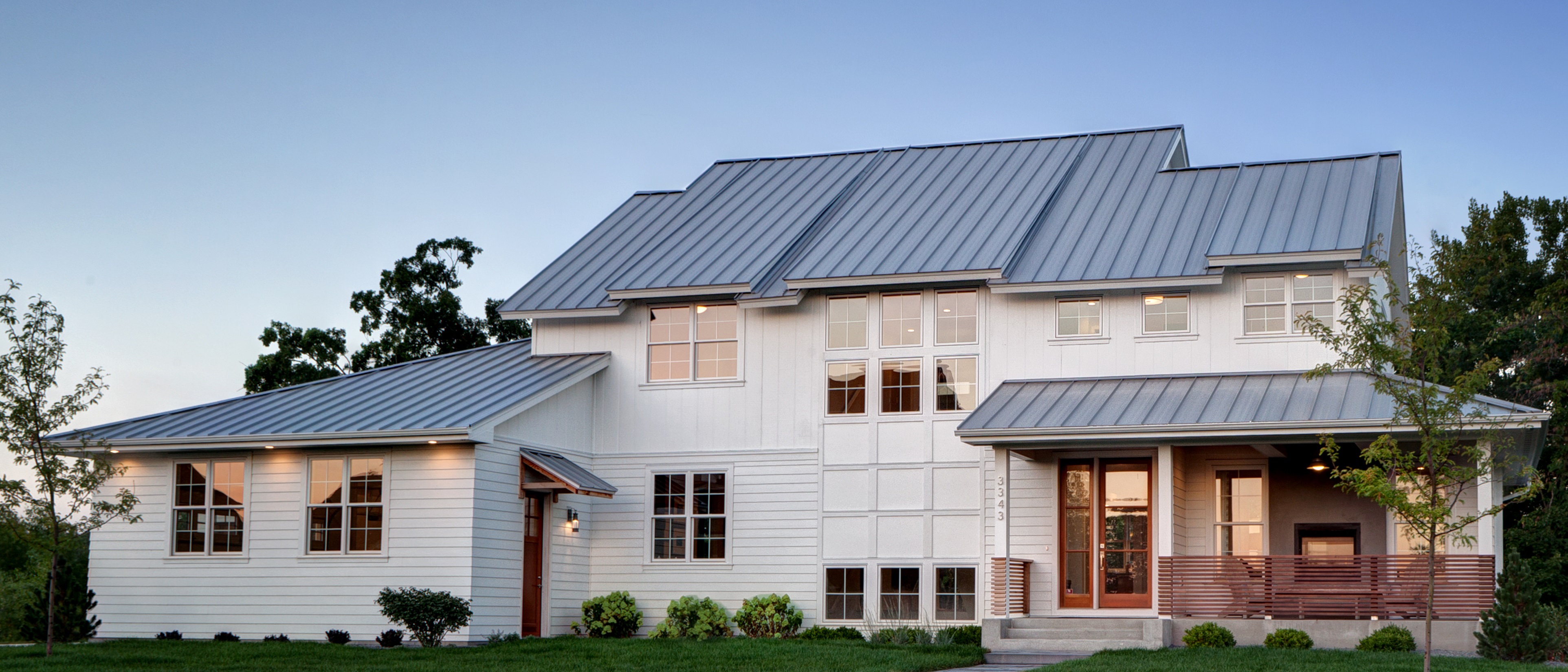
Types of roofing material
Looking beyond asphalt shingles may have advantages in lifespan or durability in high-wind or high-moisture environments. For more info on roofing material choices, here’s an overview.
AMEK Exteriors is ready to help when it comes to assessing the state of your roof this spring. Contact us today for a free roof inspection.


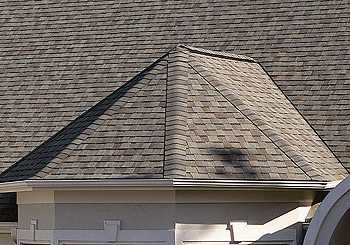
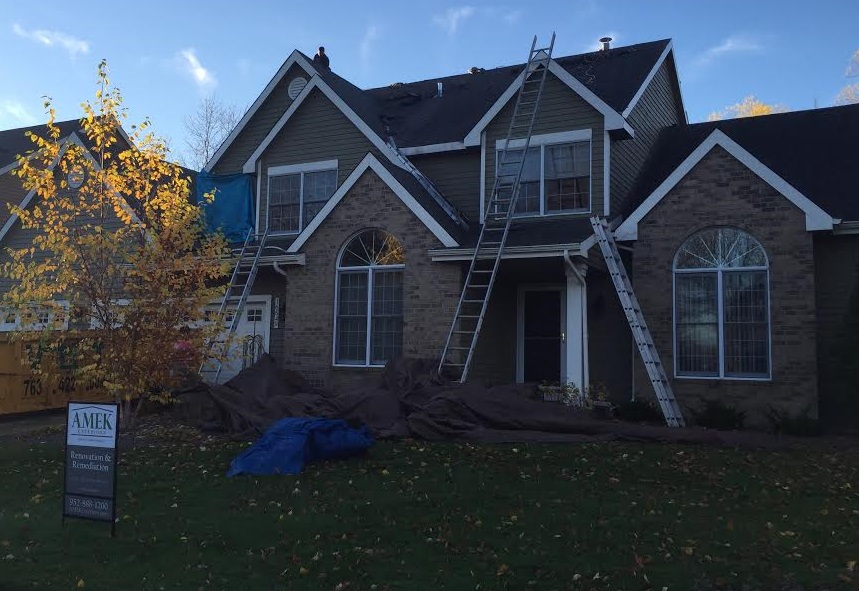
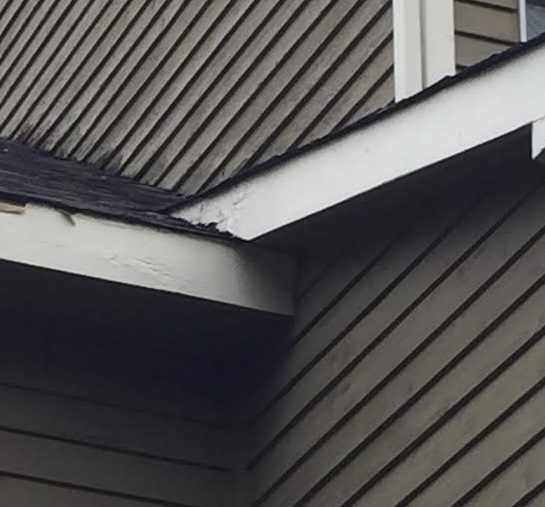
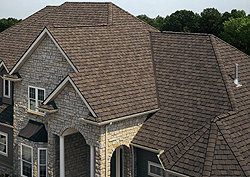 Wood shake shingles are considered by
Wood shake shingles are considered by 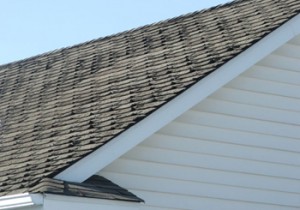
 That’s the word from Hanley Wood’s Remodeling magazine, which has released its ranking of the top 20 market areas in the country for remodeling activity in 2012, the first step in following up its inaugural Top 100 Markets list from last year.
That’s the word from Hanley Wood’s Remodeling magazine, which has released its ranking of the top 20 market areas in the country for remodeling activity in 2012, the first step in following up its inaugural Top 100 Markets list from last year.